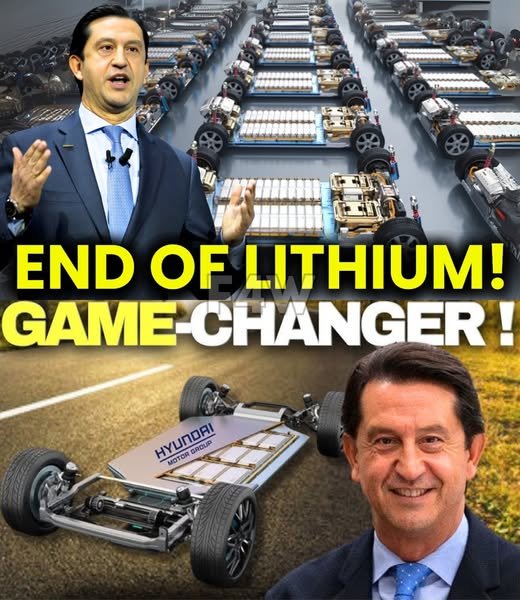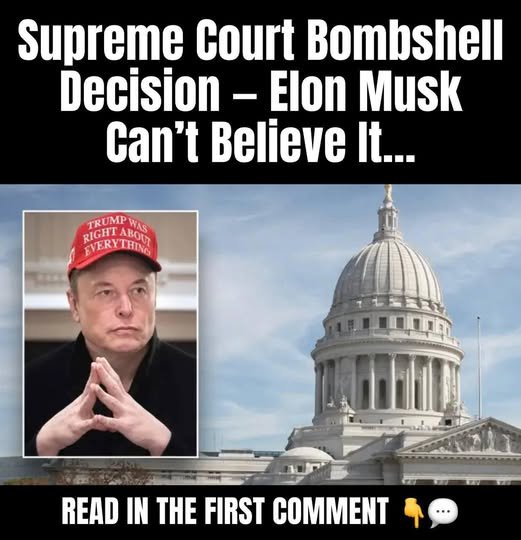In a groundbreaking move that is poised to revolutionize the automotive sector, Hyundai has unveiled its latest innovation: the solid-state electric vehicle (
EV) battery, aptly named the “Dream Battery.” This technological marvel promises to change the landscape of electric mobility, sparking both excitement and controversy within the industry. As automakers race to develop sustainable solutions to meet growing consumer demand, Hyundai’s leap into solid-state technology may redefine performance, safety, and environmental impact in the EV market.
At the core of the Dream Battery’s allure is its potential for increased energy density. Unlike traditional lithium-ion batteries, solid-state batteries use a solid electrolyte instead of a liquid one. This not only enhances energy storage but also reduces the risk of overheating and flammability, addressing one of the most significant safety concerns associated with electric vehicles. With the Dream Battery, Hyundai claims that drivers could achieve up to 500 miles on a single charge, a feat that could alleviate range anxiety—a primary barrier to broader EV adoption.
However, the announcement has ignited a heated debate among industry experts and consumers alike. While proponents rave about the battery’s capabilities, skeptics question its feasibility and readiness for mass production. Some analysts argue that transitioning to solid-state technology involves complex manufacturing challenges and substantial investment. Critics point out that while Hyundai may have made significant strides, scalability remains a critical concern. Can the company produce these batteries at a cost-effective rate, and will they be able to meet the increasing demand from an ever-growing EV market?
Moreover, the Dream Battery raises questions about the lifecycle and sustainability of battery production. While solid-state batteries are touted for their efficiency, the environmental impact of sourcing materials remains a contentious issue. Mining for lithium and cobalt—key components in battery production—has raised ethical concerns regarding labor practices and ecological degradation. Hyundai’s commitment to sustainability must extend beyond the performance of the battery; it must encompass responsible sourcing and recycling initiatives.
The competitive landscape of the automotive industry is also shifting markedly with this announcement. Other automakers, such as Tesla and Toyota, have heavily invested in alternative battery technologies, including lithium-sulfur and other innovative solutions. Hyundai’s bold step into solid-state batteries may force competitors to rethink their strategies and accelerate their research and development efforts. This competitive pressure could lead to rapid advancements in EV technology, ultimately benefiting consumers through improved products and lower prices.
Furthermore, the Dream Battery could reshape consumer perceptions of electric vehicles. Many potential buyers remain hesitant, influenced by misconceptions about EVs’ performance and reliability. Hyundai’s innovative approach could serve as a catalyst, fostering greater acceptance of electric mobility. If the Dream Battery lives up to its promises, it may not only enhance Hyundai’s market position but also inspire a new wave of interest and investment in electric vehicle technology.
In conclusion, Hyundai’s launch of the solid-state EV Dream Battery is a pivotal moment for the automotive industry. While it heralds exciting possibilities for enhanced performance and safety, it also raises critical questions regarding production, sustainability, and market dynamics. As the debate unfolds, one thing is clear: the Dream Battery has the potential to shake the automotive world to its core, challenging automakers to innovate and adapt in an ever-evolving landscape. The future of electric mobility hinges on how well Hyundai can navigate these challenges and capitalize on its groundbreaking technology.



